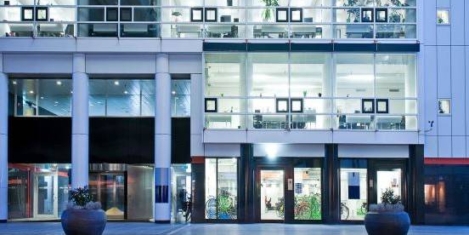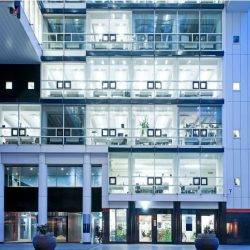March 27, 2017
Up to a third of UK jobs to be displaced by robots in near future 0
 The latest report to examine the disruptive potential of robots in the workplace has been published by PwC as part of the firm’s regular Economic Outlook series. The study claims that up to 30 percent of existing UK jobs will be susceptible to automation by robots and Artificial Intelligence by the early 2030s, although in many cases the nature of jobs will change rather than disappear and the change will increase productivity and wealth. This is lower than the US at 38 percent and Germany at 35 percent, but higher than Japan at 21 percent. The report looks in detail at the composition of jobs in different industry sectors and occupations, using machine learning techniques to model the potential impact of AI in the future based on OECD data. The likelihood of automation appears highest in sectors such as transport, manufacturing, and wholesale and retail, and lower in education, health and social work.
The latest report to examine the disruptive potential of robots in the workplace has been published by PwC as part of the firm’s regular Economic Outlook series. The study claims that up to 30 percent of existing UK jobs will be susceptible to automation by robots and Artificial Intelligence by the early 2030s, although in many cases the nature of jobs will change rather than disappear and the change will increase productivity and wealth. This is lower than the US at 38 percent and Germany at 35 percent, but higher than Japan at 21 percent. The report looks in detail at the composition of jobs in different industry sectors and occupations, using machine learning techniques to model the potential impact of AI in the future based on OECD data. The likelihood of automation appears highest in sectors such as transport, manufacturing, and wholesale and retail, and lower in education, health and social work.












 A new guide for facilities management professionals working with clients on BIM construction projects has been issued by the BIFM (British Institute of Facilities Management). Employer’s Information Requirements is a practical 47-page document to support clients using BIM (Building Information Modelling) to advise clients on how to specify their exact requirements for the design and construction phase of a built asset through to its full life-time operation. The purpose of the EIR is to support both FM professionals and clients by providing a template which can be edited and amended by the client or facilities manager to meet individual requirements for the project. Its guidance follows the publication of BIFM’s Operational Readiness Guide For Facilities Managers published in April 2016. Since April 2016, construction projects commissioned by Central Government have been required to use BIM for their procurement and delivery.
A new guide for facilities management professionals working with clients on BIM construction projects has been issued by the BIFM (British Institute of Facilities Management). Employer’s Information Requirements is a practical 47-page document to support clients using BIM (Building Information Modelling) to advise clients on how to specify their exact requirements for the design and construction phase of a built asset through to its full life-time operation. The purpose of the EIR is to support both FM professionals and clients by providing a template which can be edited and amended by the client or facilities manager to meet individual requirements for the project. Its guidance follows the publication of BIFM’s Operational Readiness Guide For Facilities Managers published in April 2016. Since April 2016, construction projects commissioned by Central Government have been required to use BIM for their procurement and delivery.




 Accommodation and food services, manufacturing, and transport industries will be hardest hit by limits on movement of EU and non-EU workers following Brexit, a new report has claimed. The latest edition of Mercer’s
Accommodation and food services, manufacturing, and transport industries will be hardest hit by limits on movement of EU and non-EU workers following Brexit, a new report has claimed. The latest edition of Mercer’s 













